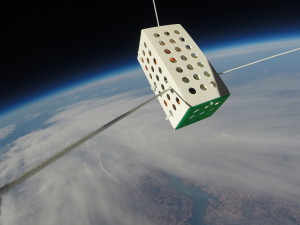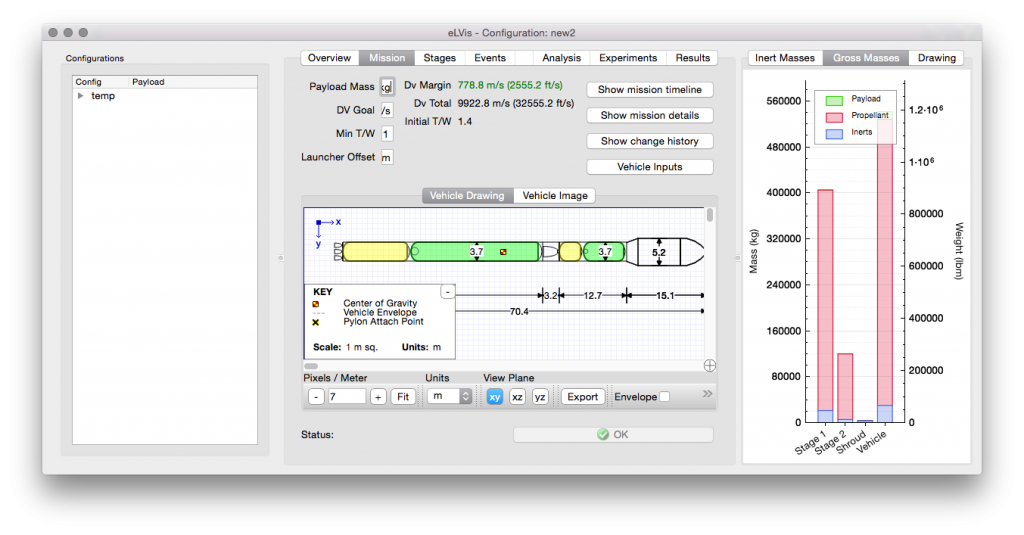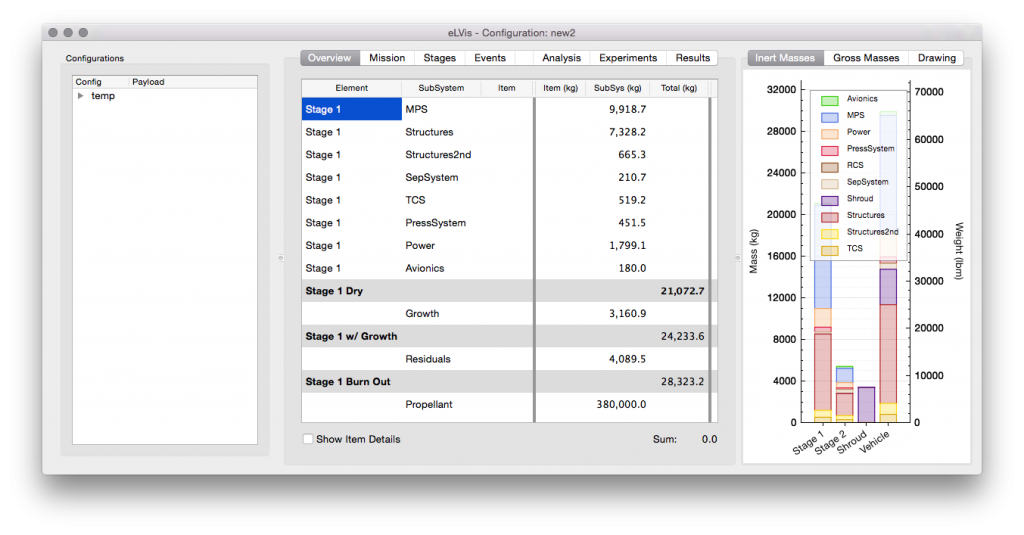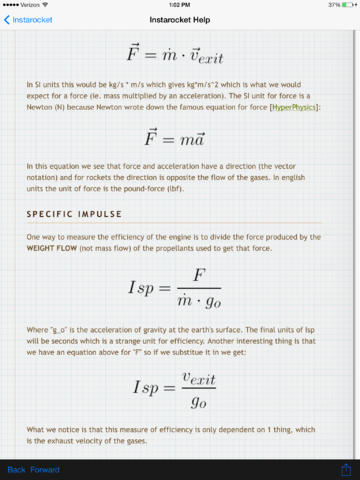-
Government
-
Commercial
-
R & D
-
Publications
-
Software Applications
Government
Decision Support for NASA’s Extravehicular Activity
Zero Point Frontiers is working with NASA’s Extravehicular Activity (EVA) office at Johnson Space Center to develop strategies for the future of EVA. We have used our 3-Gate Method decision process to offer strategic evolution scenarios and affordability roadmaps to the EVA office. This allows NASA to thoroughly examine the massive trade-space of procurement and affordability strategies. The decision tool uses pairwise comparison of Technical Performance Measures (TPMs) to weigh Figures of Merit (FOMs) in areas such as:
- Operations
- Performance
- Programmatics
- Strategy
- Sustainability
The desires of multiple stakeholders are assessed within any system and show decision options that stakeholders hold as most favorable, while identifying the least favorable options for removal from the trade-space.
ZPFC is currently developing a Decision Tool application that will be applicable to almost any critical decision requiring quantitative and qualitative comparisons.
BLAST
ZPFC has partnered with the NASA Johnson Space Center to develop a new approach to high-level space architecture design and analysis. Our BLAST tool couples extensive research in Mass Estimating Relationships (MER) with the ability to assess changes to a mission instantly via simultaneous sensitivity sweeps of several parameters. The tool generates data for human-rated vehicles rapidly, by providing a shareable, repeatable, and rigorous end-to-end framework for multiple in-space elements. Anchored in historical data, the existing MERs have been re-designed to incorporate present-day technologies and space assets. All metadata used to formulate the subsystem MERs is easily accessible within the tools, allowing the user to identify the assumptions behind the data. This novel approach to modeling demonstrates how legacy models may be revised into an enhanced, user-friendly framework, enabling users to develop clearly defined system architectures.
The following pricing is pursuant to a licensing subscription effort, subject to the needs of the customer. For customized versions of BLAST, an engineering estimate of the specialty features would be calculated, and a discount is available for a perpetual license is available, as indicated below.
For a Single User
- 1 Year Subscription = $9,800
- Perpetual License = $34,300
Small Team 5 Users
- 1 Year Subscription = $34,300
- Perpetual License = $120,050
Study Site 25 Users
- 1 Year Subscription = $120,050
- Perpetual License = $420,175
Webinar +1 Architecture Model Setup = $5,600
On-Site Rapid Spin Up Training = $16,500
- Includes 1 week customized architecture setup
Full Up Turn Key 90-Day Study = $175,000
Commercial Projects
Zero Point Frontiers has worked with commercial space flight companies such as Virgin Galactic, Andrews Space, and Firefly Space to provide services such as:
- Strategy development and market analysis
- Initial launch vehicle design, analysis, and concept evaluation
- System engineering and integration
- Physics-based safety and hazard analysis
- Risk assessment and mitigation strategy development
- Affordability analysis, valuse stream mapping, and logistical optimization
- Cost and responsiveness assessments and programmatic goal simulations
Commercial Partnerships News Articles
Research & Development
Exploring the realm of 3D Printing…
 Whether used to create rapid prototypes, out-of-production space hardware components, or low-cost prosthetics for children, additive manufacturing is becoming a common method for mass production, and is rapidly changing, and breaking new ground each day. 3D Printing allows us to approach design problems from an agile perspective, quickly moving through design iterations. Our in-house capability allows us to rapidly prototype in multiple materials. We have partnered with commercial businesses, universities, and individuals to produce custom designed components.
Whether used to create rapid prototypes, out-of-production space hardware components, or low-cost prosthetics for children, additive manufacturing is becoming a common method for mass production, and is rapidly changing, and breaking new ground each day. 3D Printing allows us to approach design problems from an agile perspective, quickly moving through design iterations. Our in-house capability allows us to rapidly prototype in multiple materials. We have partnered with commercial businesses, universities, and individuals to produce custom designed components.
Zero Point Frontiers used in-house design and 3D Printing capabilities to assist students of the University of Alabama Huntsville and College of Charleston with the rapid prototyping of 2U CubeSat for use in their class project FOCUS (Functional Ocular CubeSat Utilizing a Smartphone). The high altitude balloon travelled to and maintained an altitude of 78,855 ft for over 36 minutes while conducting the students’ experiments.
 Using our in-house 3-D printing capabilities and our systems engineering knowledge, ZPFC helped a local two-year old girl by designing and producing a body powered prosthetic hand for her. Often prosthetics for toddlers are cost-prohibitive (typically around $10,000) while our current design costs less than $10 and can easily be scaled to grow with her. Kate’s hand gives us the opportunity to demonstrate the power of 3D printing to solve real-world problems.
Using our in-house 3-D printing capabilities and our systems engineering knowledge, ZPFC helped a local two-year old girl by designing and producing a body powered prosthetic hand for her. Often prosthetics for toddlers are cost-prohibitive (typically around $10,000) while our current design costs less than $10 and can easily be scaled to grow with her. Kate’s hand gives us the opportunity to demonstrate the power of 3D printing to solve real-world problems.
We have found 3D-printing to be an invaluable tool in our approach to rapid design cycles allowing us to move through design iterations quickly. Having the capability to make changes to a design, implement upgrades, and test the effectiveness of those alterations within hours, not weeks, allows us to maintain a very agile development environment.
ZPFC is in the process of developing our own 5 axis 3D printer.
Zero Point Frontiers Publications and Speaking Appearances
2014
IEEE 2014 Aerospace Conference: A Comparison of Future Space Launch System (SLS) Exploration Technologies: In-Space Stages
Rotary Club of Greater Huntsville: 3D Printing: The Present and the Future
2013
AIAA Space 2013: Political and Technical Considerations in Developing the Space Transportation System
Civil Space Symposium 2013 Panel Session: State of the Industry: What’s Here and What’s Next?
2012
AIAA GLEX2012: Space Launch System Mission Flexibility Assessment
AIAA Greater Huntsville Section Luncheon: Uncertain Times and New Directions for NASA Human Spaceflight
NASA Publication: Complex Decision-Making Applications for the NASA Space Launch System
IEEE 2012 Aerospace Conference: Next Generation Heavy-Lift Launch Vehicle: Large Diameter, Hydrocarbon-Fueled Concepts
IEEE 2012 Aerospace Conference: Engine-Out Capabilities Assessment of Heavy Lift Launch Vehicles
Joint Propulsion Conference 2012: Space Transportation Technical Committee Track Chair
2011
IEEE 2011 Aerospace Conference: Earth Departure Stage Technology Requirements for a Mars DRM
American Institute of Aeronautics and Astronautics (AIAA) Space Conference How Technologies Shaped BLEO Exploration
Heavy-Lift Contributions to a Human Mission to Mars: Heavy-Lift Contributions to a Human Mission to Mars
NASA Technical Memorandum: Executive Summary of Ares V: Lunar Capabilities Concept Review Through Phase A-Cycle 3
International Space Development Conference 2011: How Propulsion Technology Shaped Beyond-Low-Earth-Orbit Exploration Roadmaps
Joint Propulsion Conference 2011: Space Transportation Technical Committee Co-Track Chair
2010
NASA Technical Memorandum: Ares V Utilization in Support of a Human Mission to Mars
IEEE 2010 Aerospace Conference: Analysis of Shroud Options in Support of the Human Exploration of Mars
Joint Propulsion Conference 2010: Space Transportation II Session Chair
2009
AIAA Space 2009: Propellant Mass Fraction Calculation Methodology for Launch Vehicles and Application to Ares Vehicles
Applications
We have applied our philosophy to help many customers across a wide spectrum of applications. From components to systems, we have a proven track record of success. Here are a few of the applications have developed:
BLAST
ZPFC has partnered with the NASA Johnson Space Center to develop a new approach to high-level space architecture design and analysis. Our BLAST tool couples extensive research in Mass Estimating Relationships (MER) with the ability to assess changes to a mission instantly via simultaneous sensitivity sweeps of several parameters. The tool generates data for human-rated vehicles rapidly, by providing a shareable, repeatable, and rigorous end-to-end framework for multiple in-space elements. Anchored in historical data, the existing MERs have been re-designed to incorporate present-day technologies and space assets. All metadata used to formulate the subsystem MERs is easily accessible within the tools, allowing the user to identify the assumptions behind the data. This novel approach to modeling demonstrates how legacy models may be revised into an enhanced, user-friendly framework, enabling users to develop clearly defined system architectures.
The following pricing is pursuant to a licensing subscription effort, subject to the needs of the customer. For customized versions of BLAST, an engineering estimate of the specialty features would be calculated, and a discount is available for a perpetual license is available, as indicated below.
For a Single User
- 1 Year Subscription = $9,800
- Perpetual License = $34,300
Small Team 5 Users
- 1 Year Subscription = $34,300
- Perpetual License = $120,050
Study Site 25 Users
- 1 Year Subscription = $120,050
- Perpetual License = $420,175
Webinar +1 Architecture Model Setup = $5,600
On-Site Rapid Spin Up Training = $16,500
- Includes 1 week customized architecture setup
Full Up Turn Key 90-Day Study = $175,000
The Engineering Launch Vehicle Initial Sizing tool (eLVis) is an internal tool for estimating launch vehicle for desired mission. It shares the performance prediction engine with Instarocket, and allows for large numbers of data value sweeps to find optimum propellant splits between the various stages of the vehicle. Users can quickly set up new concepts and compare them to multiple concepts and existing vehicles.




The Decision Tool uses pairwise comparison algorithms and a three-gate process to help decision makers decide what is important. Top-level figures of merit are established to identify alignments in order to eliminate the least favorable, or lowest ranking options.